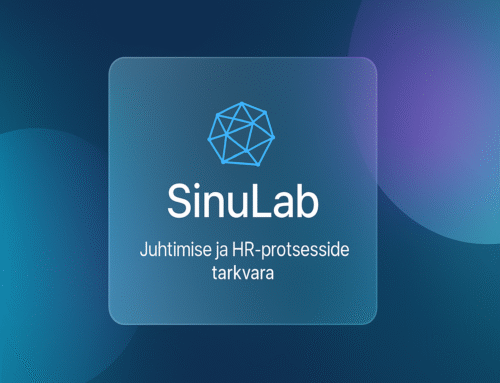When an organization decides to digitalize its People Management practices, including Leadership & Employee Experience, a seemingly simple—but actually complex—question often arises:
Does successful digitalization require a mature Leadership culture to begin with, or can digitalization itself shape and support that maturity?
This question becomes especially relevant when implementing software that goes beyond time tracking or document workflows—platforms like SinuLab, which are designed to strengthen Leadership, Employee Experience, and Development.
Does the Culture Need to Be Ready?
On one hand, it’s true that without cultural readiness, People Management tools may remain purely formal. If development conversations aren’t valued, if employees’ voices aren’t part of Leadership, or if goal-setting is seen as a mere checkbox exercise, then even the most well-designed software won’t make a difference.
Resistance, disengagement, or simply “just going through with it” are common patterns when the Leadership culture does not support participation, clarity, or accountability.
In such cases, the software might provide structure to the process, but the substance remains thin—conversations become tick-boxes, goals remain static, and feedback loses meaning.
Or Could Digital Tools Help Shape the Culture?
On the other hand, we repeatedly see in practice that a well-structured digital tool can give leaders the framework and confidence they’ve previously lacked. Clear steps, proved processes, guidance, and transparent data help managers take ownership, initiate conversations, provide feedback, and set expectations.
It’s not forced—it’s support. A way to act consistently and visibly.
At the same time, the Employee Experience begins to shift: when leaders show regular, structured interest in development, a new expectation and understanding of Leadership starts to emerge.
The SinuLab Context
SinuLab-type platforms are not built to optimize administration—they are designed to empower Leadership. Platforms that support development discussions, goal-setting, feedback, and Employee Experience do assume a certain level of:
- managerial engagement and interest,
- systematic thinking about People Management,
- willingness to act transparently and consistently.
At the same time, these tools can help build those very practices. For example, a manager who previously held sporadic and informal development talks may start using the platform to hold regular, better-prepared conversations—tailored to the Employee’s actual needs.
Cultural change doesn’t come through enforcement, but through repeated actions.
So, Which Is More Important?
It’s not an either–or question. One does not exclude the other.
Cultural readiness helps kick-start People & Culture digitalization, but digitalization can also spark the development of Leadership culture. The two reinforce each other.
The question is not only about technical maturity or system usability, but also:
- whether the organization is willing to let the digital tool reflect back its Leadership practices;
- whether Managers accept the support and adjust to what the software offers;
- and whether Leadership is seen primarily as a tool for control—or as a path for growth and development.
For Summary
Digitalization doesn’t create good Leadership if the organization isn’t ready for it.
But a well-designed digital tool—one that supports rather than replaces meaningful Leadership—can be the starting point for cultural shift.
Platforms like SinuLab don’t ask: “Can you use this tool?”
They ask: “Are you ready to see Leadership as a process that deserves structure, consistency, and attention?”
And that question might just take your Leadership culture to the next level.





Leave A Comment